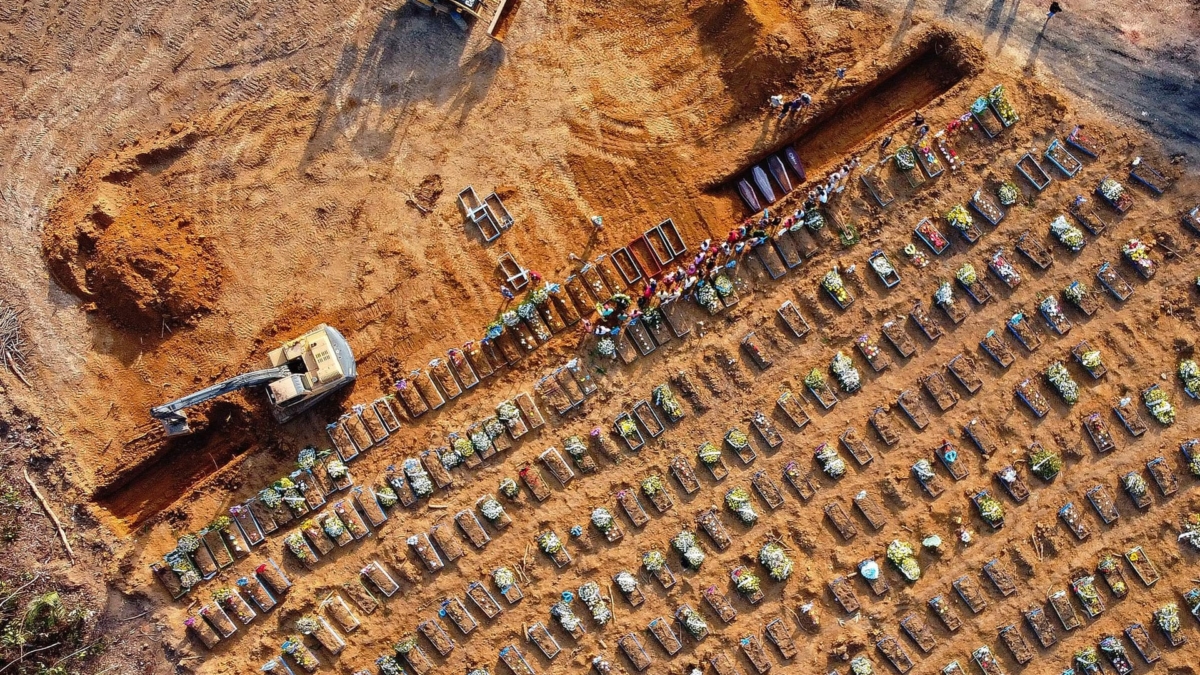January 2013 may be worst Beijing smog ever recorded – New Delhi air pollution exceeds even Beijing’s
By HEATHER TIMMONS
31 January 2013 NEW DELHI (The New York Times) – Beijing’s air pollution has reached such toxic levels recently that the Chinese government is finally acknowledging the problem – and acting on it. But in New Delhi on Thursday, air pollution levels far exceeded those in Beijing, only without any government acknowledgement or action. It is not the first time pollution in India’s capital has outpaced that in China. The level of tiny particulates known as PM 2.5, which lodge deep in the lungs and can enter the bloodstream, was over 400 micrograms per cubic meter in various neighborhoods in and around Delhi Thursday, according to a real-time air quality monitor. That compared to Beijing’s most-recent air quality reading of 172 micrograms per cubic meter. (The “Air Quality online” link to the left of the Delhi website gives you real-time monitoring of Delhi’s pollution levels.) At the University of Delhi’s northern campus at 12:30 p.m., the reading for PM 2.5 was 402 micrograms per cubic meter; in the eastern suburb of Noida it was 411; at the Indira Gandhi International airport it was 421. Beijing’s government on Wednesday introduced emergency measures to curb pollution, ordering cars off the roads and factories to shut down, and warning citizens to avoid activity outside. The measures came after two straight days that the readings were higher than 300, a level the United States Environmental Protection Agency considers “hazardous.” The forecast for Delhi’s air pollution Friday is “critical,” according to the Ministry of Earth Sciences. So far, though, Delhi’s government has made no announcements about the city’s air pollution, nor introduced any emergency measures, a spokesman for chief minister’s office said. Sheila Dikshit, the chief minister, said in an interview in December that the city could not keep up with the factors that cause air pollution. [more]
You Think the Air in Beijing Is Bad? Try New Delhi 
By Wayne Ma
1 February 2013 (The Wall Street Journal) – Was January Beijing’s worst-ever month for pollution? The question is no doubt on the minds of residents as February brings merely “unhealthy” levels of dangerous airborne particulate matter in place of a slew of January days officially classified as “hazardous”—or worse. The search for an answer provides a glimpse into the difficulty of quantifying China’s pollution problems. By some measures, January 2013 can claim a title to be at least a recent high. The U.S. embassy in Beijing has since February 2008 tracked dangerous small particles called PM2.5. However, the embassy doesn’t disclose historical readings. Michael Isvy, a web developer who has tracked the data since 2011 for the foggybeijing.com website, says PM2.5 readings averaged 199 for January, easily the highest in his data set. The next highest is February 2011, with a PM2.5 reading of 158. Mr. Isvy’s data consists of tweets from the U.S. embassy’s air monitoring station sampled two or three times a day since early 2010. He began to record hourly readings in November 2011. Mr. Isvy doesn’t claim to be an environmental expert but says he started the website after he couldn’t tell whether Beijing’s air was getting better based on the U.S. embassy Twitter feed. He said he was surprised after analyzing the data to find that both average AQI and PM2.5 levels in Beijing have gradually improved every year since 2010. Beijing’s average AQI was 145 in 2012 compared with 151 in 2011 and 160 in 2010. [more]


Oh, this is why some Chinese merchants are selling fresh air in a canned bottle. This is an alarming news that should be acted upon immediately. Hope the Indian government will also do necessary action before worst things happen.